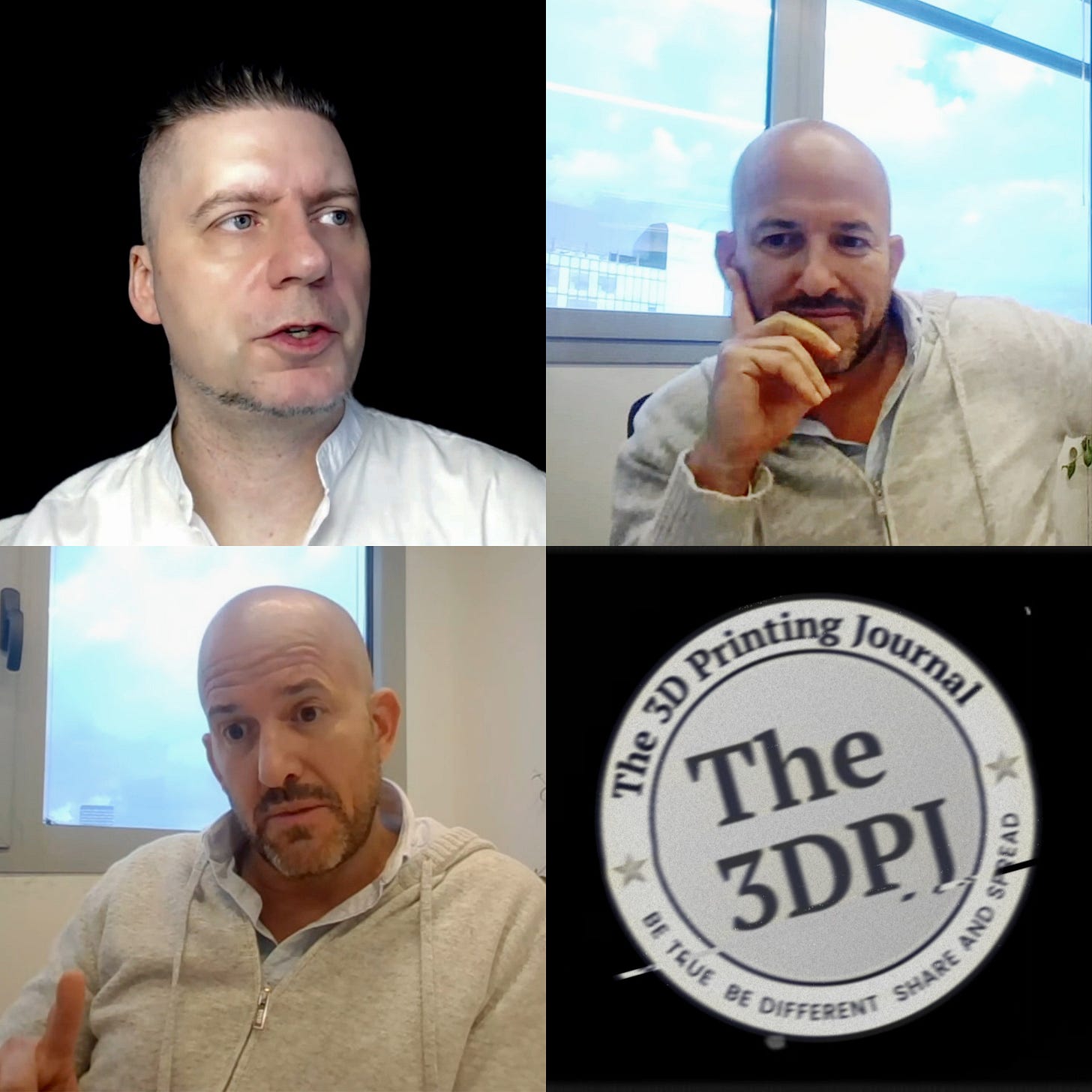Has Hungarian Voxeltek solved the biggest challenge of implementing 3D printers in dental clinics?
The Atomic Layers: S6E23 (00170)
Atomic Layer of the Day:
Let me tell you, this is truly mind-blowing. I’ve been in this industry for 12 years, spending most of that time writing about companies and their products daily, and I’ve always felt like I’ve heard of just about everyone. Yet, I still manage to get surprised when I discover companies from different corners of the world that not only have fascinating solutions but have been in the AM market as long as I have—or even longer.
My latest discovery is a company located relatively close to me—in Hungary. Voxeltek is a manufacturer of photopolymer 3D printers that has been operating since 2013. From the start, they’ve specialized in solutions for the dental sector—a logical and safe choice for a resin 3D printer company.
But here’s the kicker: Voxeltek brings more to the table. First, they have their own intraoral scanner—which, let’s face it, is also kind of a no-brainer for a company in this space. But what really caught my attention is their proprietary software platform called VOXELTEK.live.
And no, it’s not your typical slicer or software for prepping 3D print models.
VOXELTEK.live is essentially a communication platform connecting dentists (the company’s clients) with designers who create 3D-printable models for them in real-time. And here’s the cool part—it happens while the patient is sitting in the dental chair, getting their teeth fixed!
Here’s how it works, according to Voxeltek:
The dentist buys their 3D printer (called Mark IV) and intraoral scanner (VOXEL.IOS).
They subscribe to the VOXELTEK.live platform.
They schedule an appointment with a patient for a specific time.
Simultaneously, they book a designer on the platform for the same time slot.
During the appointment, the dentist scans the patient’s teeth using the 3D scanner and uploads the files to the platform.
They provide the designer with a quick brief on what needs to be done, then return to working with the patient.
The designer prepares a model for 3D printing and sends the file back to the dentist via the platform.
The dentist starts the 3D print job—since these are typically small models, they’re ready in just a few minutes.
After standard post-processing (cleaning and curing), the dentist can place the finished part in the patient’s mouth—say, as a temporary crown.
And everything happens during standard one hour visit.
Pretty slick, huh?
This approach solves a ton of implementation issues. I’ve worked with local (Polish) dentists for years, helping them integrate photopolymer 3D printers into their practices and training them to use the machines. And let me tell you… most of the time, it was a wasted effort.
One of the few things I’m genuinely good at is teaching people with zero experience how to operate a 3D printer. I’ve literally trained hundreds of people in my career. But with some dentists, it was like hitting a brick wall. They’d nod, they’d say they understood, but in their eyes, I could see they just didn’t want to learn how to design or prep models.
What they really wanted was to focus on their patient, press a button on the 3D printer, and have a finished part ready. Anything beyond that? A waste of their time.
Of course, not all dentists were like that. I also worked with some who fully embraced the technology—some even scaled a single 3D printer into farms of dozens of machines. But the majority? Dead eyes as they listened to what they were supposed to do.
And that’s why Voxeltek’s solution is so amazing to me.
I wish I had known about this company back in 2020–2021, when we were rolling out all those dental projects. I have no idea what the costs of their setup are, but I assume that since they’ve been in the market for 12 years, someone’s buying it.
Once again—it’s incredible that a company with such a unique solution has managed to fly under the radar for so long…
Atomic Layer from the Past:
01-23-2014: the first article was published on 3DPrint.com.
News & Gossip:
Snapmaker introduced “Snapmaker Orca,” a new open-source slicer based on OrcaSlicer. Currently in beta (V1.1.0), it’s optimized for Snapmaker printers, enhancing compatibility and multi-extruder support. Future updates aim to support third-party devices, advancing user experience and fostering collaboration with the open-source community.
MCAE Systems has become Meltio's official sales partner to expand metal AM in the Czech and Slovak markets. MCAE has 30 years of expertise in 3D printing and other manufacturing technologies.
Today, Jonathan Jaglom (former CEO of MakerBot and curent CEO of flō-optics) and I pulled off something absolutely amazing. I keep working on it, and I hope to finish it on Saturday. If so, next week I will have the premiere of another amazing project! And all this still in January!




